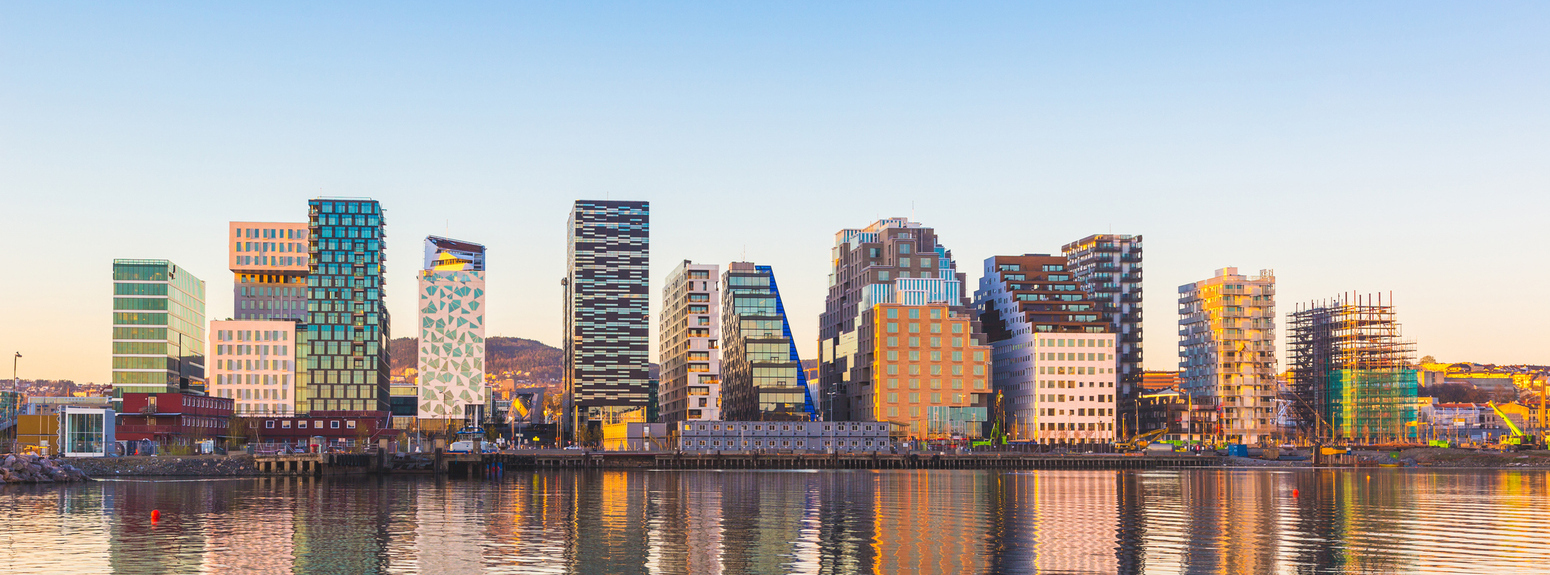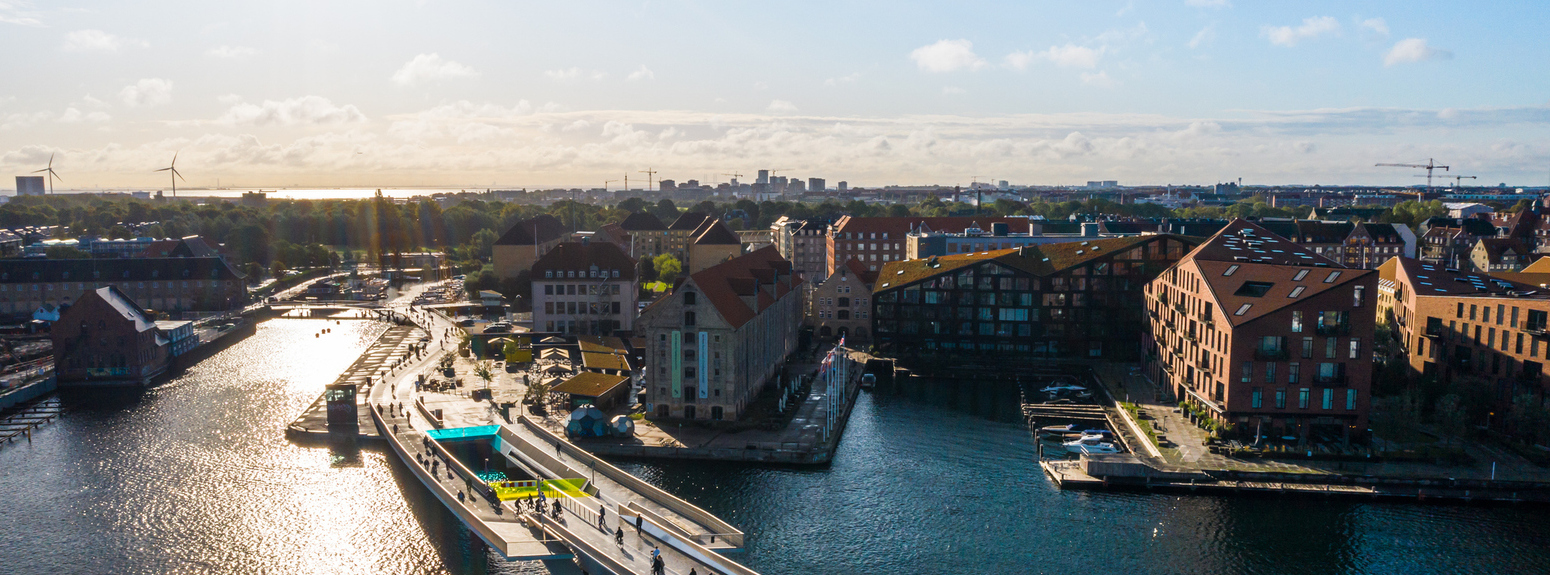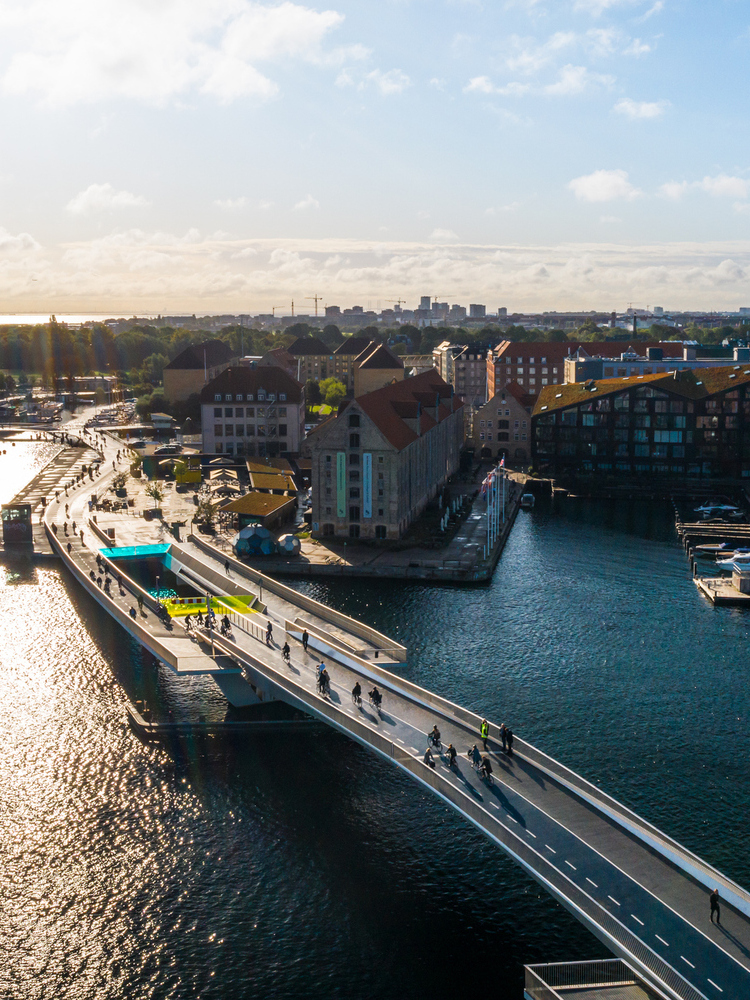1. Zurich
2. Oslo
3. Geneva
4. London (sixth position globally)
5. Copenhagen (seventh)
Smart cities represent the future of urbanization in Europe, as they are connected, sustainable, digital, and capable of improving the quality of urban life. Driven also by EU funding, European capitals are adopting increasingly innovative solutions to address environmental and social challenges.
The concept of Smart City, born in the last century, has evolved alongside digital technologies. Often associated with futuristic and hyper-technological scenarios, in reality, smart cities embody an approach aimed at promoting sustainability and improving the quality of urban life. A Smart City, in fact, uses digital technologies and, more generally, innovations, to optimize mobility systems, make infrastructures intelligent, reduce pollution, and manage energy resources more efficiently.
For the European Commission, Smart City also means efficient solutions for lighting and heating buildings, improving water supply and waste disposal, safer public spaces, and more interactive and inclusive city administration thanks to data, whose collection and analysis is realized with technologies such as IoT, Big Data, 5G, Cloud Computing, and artificial intelligence.
Currently, 75% of European citizens reside in cities, and this share is expected to rise to 80% by 2050, even though urban agglomerations occupy only 5% of the continent's land surface.
This demographic concentration generates significant environmental impacts. For example, cities produce more than two-thirds of the waste, and are responsible for 70% of the European Union's emissions. Numbers that highlight how intelligent and sustainable urban development is a necessity.
In this sense, the data is comforting. In fact, in Europe, the Smart City market is constantly growing, and, according to forecasts by the Statista portal, it will reach 56 billion dollars by 2028. However, in recent years, the expansion rate has slowed down, going from +30% in 2021 to +18% in 2023.


In this scenario, the European Union plays a crucial role in the continent's urban transformation, promoting the transition to Smart Cities through funding, research programs, and collaborative platforms. Among the most relevant initiatives are several programs that are accelerating the digitization and ecological transition of cities, thanks to pilot projects ranging from zero-emission neighborhoods to intelligent infrastructures.
In this perspective, between 2014 and 2020, the Horizon program allocated over 80 billion euros to support research and innovation projects, including those dedicated to Smart Cities. Support that, with Horizon Europe, will increase within the framework of the 100 billion overall planned between 2021 and 2027.
Specifically, the EU Horizon Mission “Climate-Neutral and Smart Cities by 2030” invests over 98 million euros in the systemic transition of more than 100 European cities (including Bergamo, Bologna, Florence, Milan, Padua, Parma, Prato, Rome, and Turin), projecting them towards climate neutrality by 2030.
These Mission cities, where 12% of the European Union's population lives, through the project are configured as hubs of innovation and experimentation, and will become examples for all other European cities in accelerating the path towards the same goal by 2050, in line with the European Green Deal.
To take stock of the evolution of cities into Smart Cities, there are no univocal criteria, but globally several rankings are drawn up to evaluate the evolution of urban centers based on specific parameters, which are useful for understanding the state of the art of smart cities.
The most relevant ranking in the global panorama is the Smart City Index calculated annually by the Smart City Observatory, an expression of the World Competitiveness Center of the Swiss School of Management IMD together with the Singapore University of Technology and Design (SUTD).
In 2025, the IMD Smart City Index includes 146 cities worldwide, evaluating their ability to harmonize technology and quality of life based on interviews with citizens, to determine the impact of technologies on infrastructures and daily life. From this premise, the ranking analyzes five areas in detail: activities and events, governance, mobility, health and public safety, and job opportunities.
The sixth edition of the ranking sees the top twenty positions monopolized by European (11) and Asian (8, including Dubai in fourth position and Abu Dhabi in fifth) cities, plus Canberra (eighth and down from the podium compared to 2024). In particular, the European top 10 is composed of:
1. Zurich
2. Oslo
3. Geneva
4. London (sixth position globally)
5. Copenhagen (seventh)
6. Lausanne (eighth in the world)
7. Helsinki (11th global position)
8. Prague (12th)
9. Ljubljana (16th overall position)
10. Amsterdam (17th overall)
The descent of the three Italian Smart Cities in the ranking continues: Bologna loses another five positions and moves to 83rd place, Milan is 97th (down 6 positions), and Rome 139th (5 positions behind compared to 2024).


Another detailed ranking is the Smart City Index created by the technology real estate company Proptech OS, which is based on an exhaustive analysis aimed at establishing which US and European cities are most ready for the intelligent future.
The 2024 edition of the ranking evaluates Smart Cities based on 16 indicators defined within the OECD program “Smart Cities and Inclusive Growth”, included in three reference areas: technological infrastructure and connectivity, green infrastructure, and the technological labor market.
The European ranking for 2024 is led by Paris thanks to very high scores in terms of 5G coverage (99.9% of the population), the number of companies specializing in Artificial Intelligence (532), or, for example, the number of free WiFi hotspots (10,663, third globally). The French capital also stands out for advanced traffic management and is followed in the ranking by London, Amsterdam, Berlin, and Madrid. The top ten Smart Cities in Europe also include, in order, Lisbon, Stockholm, Luxembourg, Dublin, and Copenhagen.
The most sustainable European Smart City in the Proptech OS ranking for 2024 is Amsterdam, which, in addition to being known for the massive use of bicycles by its inhabitants, aims to achieve the ambitious goal of zero emissions by 2050.
Moving on to jobs in technological and green fields, the city most projected towards the future of the Old Continent is Lisbon, offering 130 jobs in the sector per 100,000 inhabitants: on the one hand thanks to state and fiscal incentives, on the other because it records the highest number of developers and engineers per capita globally.
To understand how European cities are transforming into Smart Cities, some examples can also be taken as reference. As indicated by the various rankings drawn up in recent years, several cities in Northern Europe are leading the way, with other urban centers that are already in an advanced stage in the transformation into intelligent and sustainable cities.
After reducing CO2 emissions by 80% compared to 2005, Copenhagen aims to become the first carbon-neutral capital by 2025. In this perspective, the Danish capital has launched the Copenhagen Connecting mobility project, with which the administration uses real-time data from sensors, GPS, and mobile devices to manage traffic, reduce pollution, and improve the efficiency of public and bicycle transport. Furthermore, the Danish capital has invested in the creation of smart neighborhoods like Nordhavn: a district designed to be completely sustainable, equipped with renewable energy systems, smart buildings, and urban spaces that promote soft mobility.
For Oslo, combating climate change is a priority. The Norwegian capital, in fact, aims to reduce emissions by 95% by 2030, and then become carbon neutral by 2050. In this sense, local administrations are focusing on urban mobility (zero-emission buses and taxis) and energy-efficient buildings. Through Oslo Smart City, intelligent public lighting systems, urban data management platforms, and environmental monitoring solutions have been introduced to reduce pollution. Furthermore, the Norwegian capital is at the forefront in the use of open data in sectors such as environment, health, agriculture, traffic, and demographics.
Amsterdam has a distinctive feature in light mobility and aims to become carbon neutral by 2050. This is accompanied by projects and investments in smart innovations (intelligent public lighting, smart grids, and waste management), with the aim of improving the quality of life of residents. To promote projects related to sustainability and digitization, the public-private partnership Amsterdam Smart City was also born, which covers smart areas such as digital city, energy, mobility, Circular Economy, livability, and citizen services.
Vienna has invested in electric mobility, meeting 50% of its energy needs from renewable sources, and urban redevelopment of densely populated neighborhoods. For example, through the Smart City Wien plan, the “city of dreams” aims to reduce emissions by 80% by 2050, while the Seestadt Aspern district represents one of the most sustainable urban development projects in Europe in environmental and economic terms.
For six years now at the top of the IMD Smart City Index, Zurich has a particularly efficient intelligent public mobility system, also distinguishing itself for great transparency towards citizens. The city promotes the reduction of energy consumption through sustainable building and investments in renewable energies. Furthermore, the Swiss city, with the Smart City Zurich platform, has launched and coordinated over fifty digitization projects, improving the efficiency of public service and shortening response times in the event of urban emergencies.
Barcelona is also a significant Smart City in the European panorama. With the Superilles (superblocks) project, the city has significantly reduced noise pollution while simultaneously increasing green areas. Furthermore, the use of IoT sensors for waste management has reduced collection costs by 15%, while intelligent public lighting has achieved energy consumption savings of over 30%.
The French capital aims to improve the quality of life of citizens by adopting the theory of 15 minutes, according to which all essential services must be reachable from any point in the city within a quarter of an hour. In November 2024, the municipality published the Climate Plan 2024-2030, aimed at reducing emissions by the end of the decade and eliminating them by 2050. Among the many details, the strategy includes the replacement of 60,000 parking spaces with trees, the establishment of new cooling centers, the creation of more car-free zones, and the installation of reflective roofs on 1,000 public buildings.
The Finnish capital is one of the most innovative Smart Cities in Europe and proposes itself as a reference in terms of Smart Governance thanks to an almost entirely open-source administration system that offers digitized services in various areas: education, urban environment, culture and leisure, social services, and health care. In 2019, Helsinki also launched a plan aimed at eliminating CO2 emissions by 2035, which covers three sectors: transport (also thanks to artificial intelligence), electricity generation, and heating production.
London is transforming into a Smart City through data sharing and investments to promote and encourage sustainable mobility. The English capital, which will soon reach 11 million inhabitants, aims to cover 80% of urban movements on foot, by bicycle, or by public transport by 2041. Furthermore, in 2018, the Smarter London Together Roadmap was launched: the first public city reform plan focused on data sharing, smart infrastructures, and technological innovation.
The transformation of the German capital into a Smart City is mainly realized through the commitment to improving public transport infrastructure. Since 2019, Berlin has launched an ambitious sustainable mobility development plan that includes government and local administration investments in public transport ranging from 28 to 32 billion dollars by 2035. Furthermore, Berlin also hosts the largest number of foreign startups in the world after Silicon Valley (almost 5,000), and in this sense, CityLAB Berlin was born in 2019: a public digital innovation laboratory that interfaces administration, academia, economy, and civil society.
In the European Smart City panorama, Turin plays a significant role, elected for the first time in its history as the European Capital of Innovation (iCapital) in 2024: an award that, in its 10 editions, has been assigned to European cities at the forefront of innovative solutions for the benefit of their citizens.
The recognition was won thanks to several strengths: the Torino City Lab platform, an initiative of the Municipality of Turin to support local businesses in testing innovative solutions; CTE Next, the house of emerging technologies; the classification of Turin as a social impact city; numerous projects aimed at creating social impact on the territory and projecting the city towards zero emissions.
In this context, Intesa Sanpaolo Innovation Center plays an important role, collaborating for a long time with the Municipality of Turin, CTE Next, and other players in the innovative ecosystem such as Fondazione Compagnia di San Paolo, University, and Polytechnic of Turin. Furthermore, the company has launched the first acceleration program dedicated to innovative startups in Smart Mobility, Smart Cities, and currently, technologies for a changing world.
Started in 2020, Torino Techstars Transformative World is a program of the American accelerator Techstars, realized in collaboration with Fondazione Compagnia di San Paolo and Fondazione CRT, which aims to attract, accelerate, and invest in high-potential innovative startups. Realities that, with their innovations, make the transformation of urban centers into Smart Cities possible.